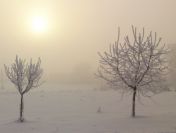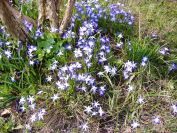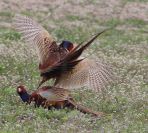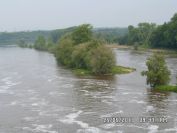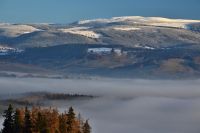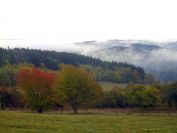 WeatherSunshine.com - Articles - Mosses & Lichens and their natural properties
WeatherSunshine.com - Articles - Mosses & Lichens and their natural properties
Mosses & Lichens and their natural properties
12/31/23
Mosses and lichens play a significant role in the structure and function of ecosystems due to their insulating properties. These properties result partly from increased reflectance and partly from the large proportion of air pore space when dry. This means that soil under bryophyte and lichen mats tends to be cold and moist.
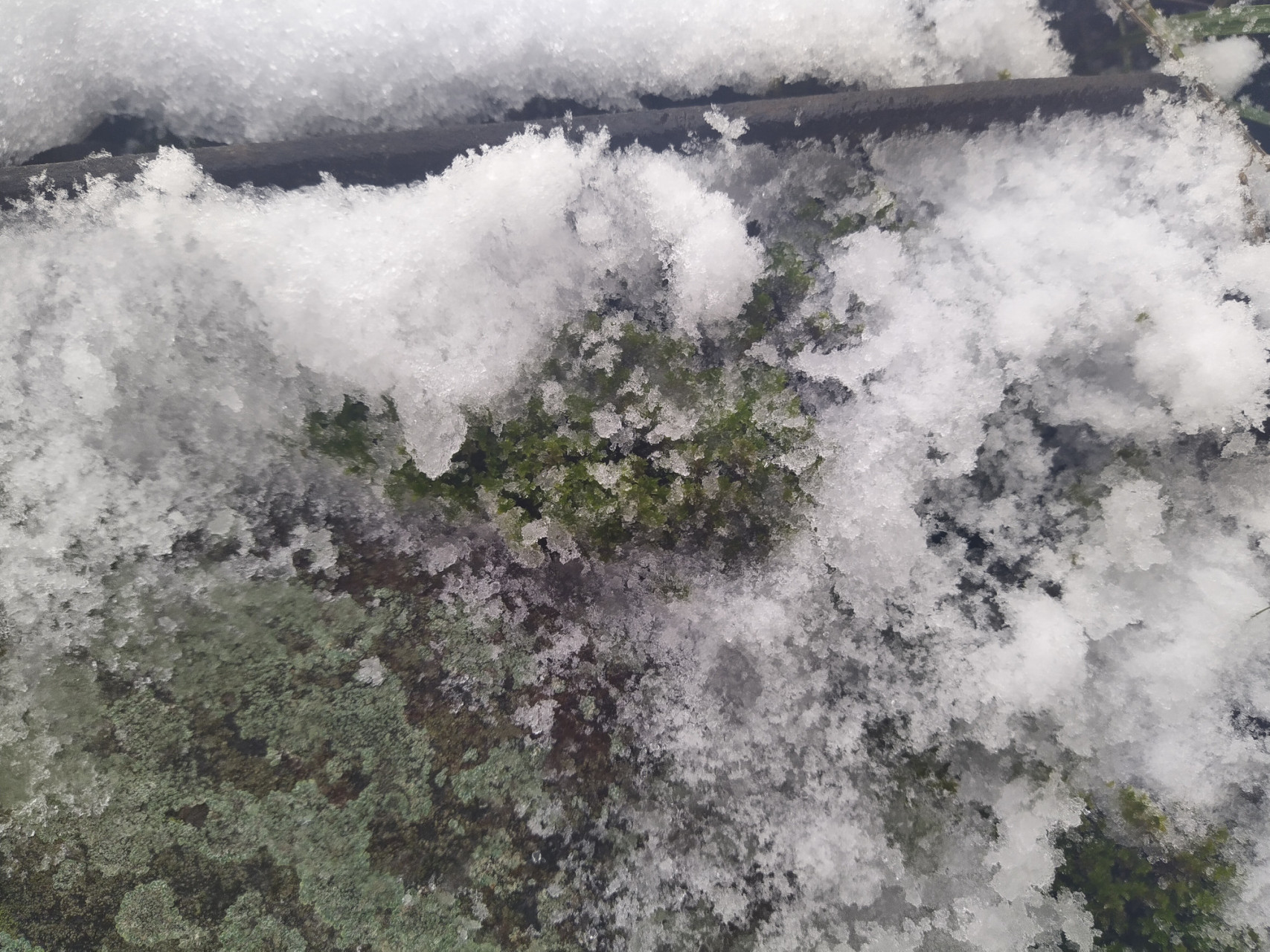
Mosses and lichens also affect nutrient cycling of the ecosystem by intercepting aerial deposition and leaching from dripping aboveground vascular plant parts. They are known to provide the main input of nitrogen into the ecosystem, thanks to their associations with cyanobacteria.
In addition to their insulating properties, mosses and lichens act as effective mulches, retaining moisture in the upper layers of the soil. This makes them important components of various ecosystems, including tundras and other northern ecosystems.
Study more:
link.springer.com/chapter/10.1007/978-1-4612-2240-8_6
web.mit.edu/12.000/www/m2007/teams/finalwebsite/implications/mosslichen.html
web.mit.edu/12.000/www/m2007/teams/7/final_report/mosses_lichens1.html
How do mosses and lichens affect the carbon cycle?
Mosses and lichens play a significant role in the carbon cycle. They take up huge amounts of carbon dioxide from the atmosphere. In fact, mat-forming ground layers of mosses and lichens are responsible for sequestering one-third of the world’s terrestrial carbon. They do this by regulating water tables, cooling soils, and inhibiting microbial decomposition.
Algae, lichens, and mosses together fix approximately 14 billion tons of carbon dioxide per year. This process helps to regulate the global carbon cycle and has implications for climate change mitigation. Furthermore, the weathering of rocks by mosses and lichens may lead to a drawdown of atmospheric CO2, potentially leading to global cooling.
In summary, mosses and lichens contribute significantly to carbon sequestration and are an important part of the global carbon cycle. They help maintain the balance of carbon in the atmosphere, thereby playing a crucial role in mitigating climate change.
Study more:
phys.org/news/2012-06-algae-lichens-mosses-huge-amounts.html
www.fs.usda.gov/research/treesearch/49119
www.inverse.com/science/moss-powerful-carbon-storage-solution-fight-climate-change
www.sciencedaily.com/releases/2016/07/160707101029.htm
www.fs.usda.gov/pnw/pubs/journals/pnw_2015_smith.pdf
Mosses and lichens have unique ways of reproducing
Mosses: Mosses, also known as bryophytes, reproduce by creating spores that are held in a little capsule. The lifecycle of a moss can be divided into two stages: the gametophyte stage and the sporophyte stage. The gametophyte stage consists of the leaves, stems, and other structures that grow before the spore capsule. The sporophyte stage consists of the stalk, capsule, and spores that mosses use to reproduce. The complete moss life cycle involves combining genetic material equally from two parents. This occurs when a sperm fertilizes an egg inside an archegonium on the female gametophyte, ultimately developing into a sporophyte.
Lichens: Lichens form from a symbiotic relationship between two different organisms, a fungus and an alga. The fungus makes up most of the lichen, giving it its shape and fruiting bodies, while the algae provide the ability to photosynthesize. Lichens, like mosses, are cryptogams, which means they reproduce through spores but without seeds or flowers. The algal cells provide food for the fungus via photosynthesis, while the fungal partner protects the algae from drying out and sun damage. When wet, the algae become visible through the top fungal layer, giving the lichen a green color that can resemble moss. But when dry, lichens are rarely green, and instead come in many vibrant colors.
In summary, both mosses and lichens reproduce through spores, but their reproductive processes are quite different due to their unique biological structures and relationships.
Study more:
www.nps.gov/maca/learn/nature/mosses-liverworts-and-lichens.htm
ohiomosslichen.org/aaa-bryology5-asexua/
silvotherapy.co.uk/articles/difference-between-lichen-and-moss
nature.ca/en/moss-and-lichen-wait-whats-the-difference/
knoji.com/article/what-is-the-difference-between-mosses-mushrooms-and-lichen/
How do mosses and lichens obtain nutrients?
Mosses and lichens obtain nutrients in unique ways due to their distinct biological structures:
Mosses: Mosses are non-vascular plants that colonize on hard, impervious surfaces such as bare rock and brick, as well as tree bark. They derive nourishment through photosynthesis. Additionally, the cyanobacteria growing on their stems and roots help transfer the nitrogen nutrients to the mosses themselves and also to other plants, enriching the nitrogen content of the whole vegetation.
Lichens: Lichens are symbiotic organisms made up of a fungus and an alga or a cyanobacterium. They obtain their nutrition in several ways:
Absorption from the air: Lichens absorb water and nutrients directly from the air through their thallus, the vegetative body of the lichen.
Breakdown of organic matter: Lichens can break down dead plant and animal material, providing them with necessary nutrients.
Symbiotic relationships: Some lichens form relationships with fungi that provide them with additional nutrients. In return, the lichen provides the fungus with sugars produced through photosynthesis.
Nitrogen fixation: Lichens can convert atmospheric nitrogen into a form usable by other organisms, which is especially important in environments where nitrogen is scarce or difficult to obtain.
In summary, both mosses and lichens have developed unique strategies to obtain nutrients from their environment, contributing to their ability to survive in a wide range of conditions.
Study more:
extension.umd.edu/resource/lichen-algae-and-moss-trees
web.mit.edu/12.000/www/m2007/teams/finalwebsite/implications/mosslichen.html
www.tutorialspoint.com/how-lichens-obtain-their-nutrition
sage-answer.com/how-lichens-and-mosses-help-in-formation-of-soil/
How do mosses and lichens affect soil quality?
Mosses:
Mosses accumulate organic matter (OM) in the soil, which increases the soil’s nutrient content.
They create high-nutrient microsites via high rates of OM accumulation.
Mosses also help increase the nitrogen concentration in the soil.
Their absorption from the soil retains a large amount of phosphorous and potassium in their cytoplasm.
Lichens:
Lichens maintain low-nutrient patches similar to bare soil via low OM accumulation rates.
They produce mineral nitrogen predominantly in the mobile nitrate form.
Lichens can inhibit soil microbial activity, which may in turn inhibit succession.
In summary, both mosses and lichens play a crucial role in maintaining soil quality. They contribute to nutrient cycling, organic matter accumulation, and nitrogen fixation, thereby enhancing the fertility and health of the soil.
Study more:
www.jstor.org/stable/20062311
web.mit.edu/12.000/www/m2007/teams/finalwebsite/implications/mosslichen.html
link.springer.com/article/10.1007/s00374-006-0077-6
Editorial: Jiří Kapínus with Copilot Bing
Other articles

Photo gallery of underwater life
Fourteen photos of underwater life that you can use as background wallpaper. more
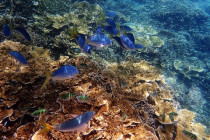
The Great Barrier Reef is currently experiencing the highest level of coral mortality in recent years. Extremely hot... more

Researchers recently analyzed the Lafayette meteorite and found that it was once exposed to liquid water during its... more

Microplastics affecting cloud formation
Microplastics have already been found in all the most primitive environments on Earth. From the depths of the Mariana... more

Photo gallery of natural landscapes
Fourteen photos of natural landscapes that you can use as your desktop background. more

The Philippines has been hit by five powerful storms in the past month alone causing massive damage. It's further... more

The European Commissioner for Climate and Clean Economy, despite the great pressure from car companies and... more
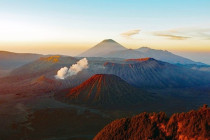
The Lewotobi Laki Laki volcano erupted on the island of Flores in eastern Indonesia. Farmers who cultivate the... more

The five largest deserts in the world
In the following article we will introduce the five largest deserts in the world. Many people imagine deserts as... more
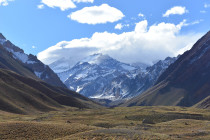
Photo gallery of mountains
Fourteen themed photos that you can use as your desktop background. more










